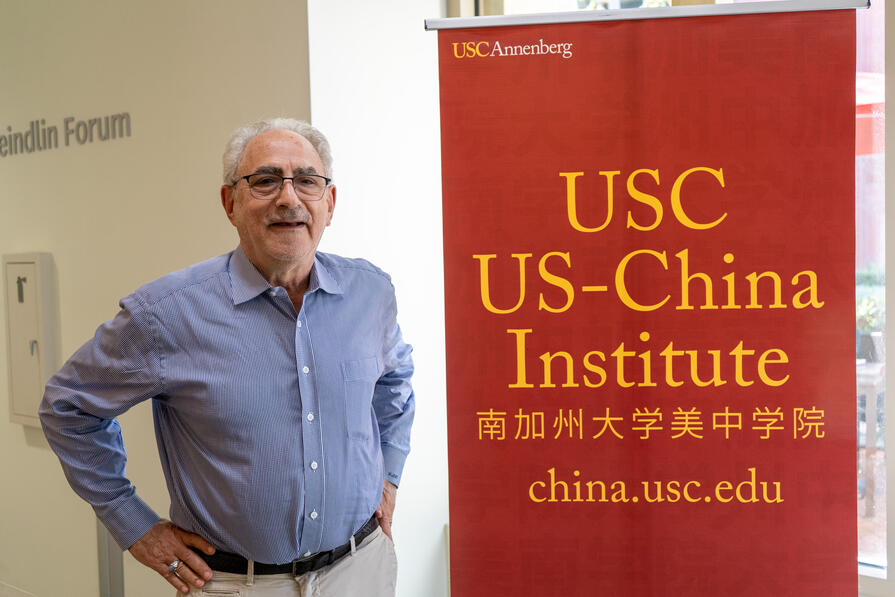ON AN AVERAGE DAY in 2006 878 people from China visited the United States. This number represented a 62% increase over 1996. Roughly five times as many Americans visited China as Chinese visited the United States. This indicates the greater ease for foreigners to go to China and the greater number of Americans capable of affording overseas travel.
|
Visitors from
(in 000s) |
1991
|
1997
|
1998
|
1999
|
2000
|
2001
|
2002
|
2003
|
2004
|
2005
|
2006
|
|
China
|
89
|
210
|
209
|
191
|
249
|
232
|
226
|
157
|
203
|
270
|
320
|
|
Hong Kong
|
178
|
222
|
213
|
193
|
203
|
170
|
135
|
114
|
123
|
135
|
137
|
|
Macau
|
|
5
|
5
|
4
|
4
|
3
|
2
|
2
|
2
|
3
|
3
|
|
Taiwan
|
268
|
443
|
386
|
453
|
457
|
357
|
288
|
239
|
298
|
319
|
300
|
|
Totals
|
535
|
880
|
813
|
841
|
913
|
762
|
651
|
512
|
626
|
727
|
760
|
|
Country
|
No. of 2005 Visitors
|
|
Canada
|
14,865,000
|
|
Mexico
|
12,858,000
|
|
U.K.
|
4,344,957
|
|
Japan
|
3,883,906
|
|
Germany
|
1,415,530
|
|
France
|
878,648
|
|
South Korea
|
705,093
|
|
Australia
|
581,773
|
|
Italy
|
545,546
|
|
Brazil
|
485,373
|
|
2006 Visitors’ Main Purpose of Trip
|
China
|
Taiwan
|
|
Business/Professional
|
60%
|
37%
|
|
Visit Friends/Family
|
14%
|
25%
|
|
Leisure/Recreation
|
13%
|
23%
|
|
Convention/Conference
|
8%
|
9%
|
In 2006, 59% of visitors from Taiwan went to California. Los Angeles had more visitors from Taiwan than any other city. Some 35% of all visitors from Taiwan came to Los Angeles. This represents a drop from the 45% market share Los Angeles had in 1997.
UPDATE (Dec. 2007): In December, the U.S. and Chinese governments agreed to permit tour companies to secure group visas for Chinese visitors, a change that should greatly increase the number of Chinese coming to the U.S. The agreement was signed by U.S. Secretary of Commerce Carlos M. Gutierrez who said, "“Today’s agreement will open a large and growing market for the U.S. travel and tourism industry.”
Office of Travel and Tourism Industries, U.S. Department of Commerce, “Market Profile: Taiwan,” http://www.tinet.ita.doc.gov/view/f-1997-428-001/index.html, accessed August 5, 2007.
U.S. Department of Commerce, "Gutierrez Signs U.S.-China Tourism Agreement to Boost Visits to U.S.,"
http://shanghai.usembassy-china.org.cn/tourism_agreement.html, accessed Dec. 31, 2007.
Lawrence Gu is an intern at the USC U.S.-China Institute. Among his projects is an ongoing examination of the role of transportation in China's development.



